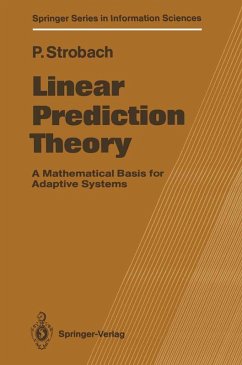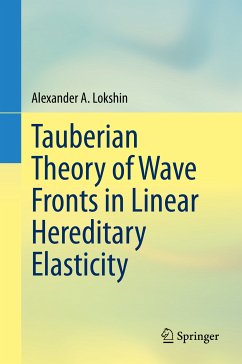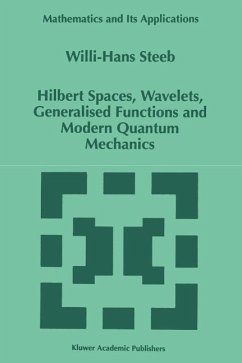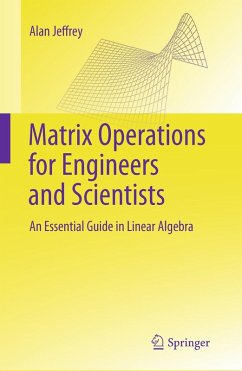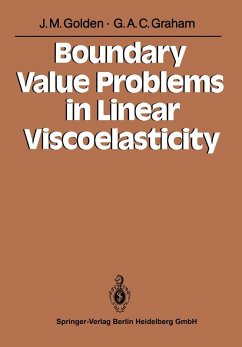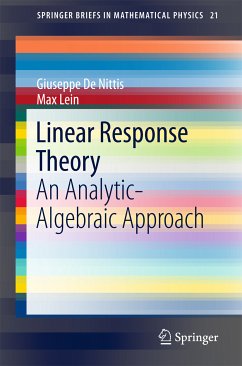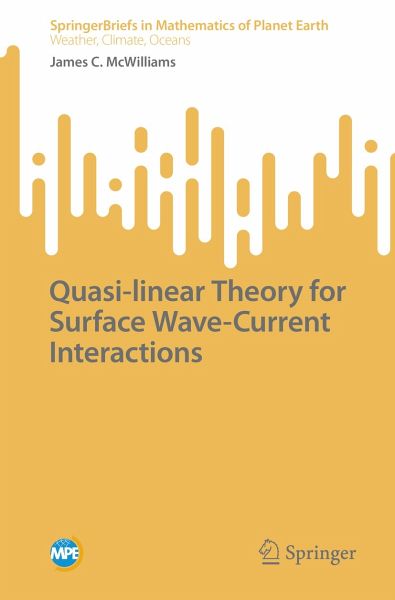
Quasi-linear Theory for Surface Wave-Current Interactions (eBook, PDF)
Versandkostenfrei!
Sofort per Download lieferbar
40,95 €
inkl. MwSt.
Weitere Ausgaben:

PAYBACK Punkte
20 °P sammeln!
This book introduces a mathematical theory for the interaction of oceanic surface gravity waves and oceanic currents. This theory is formulated using the quasi-linear approximation for a uniform density fluid with a free surface and it provides wave-averaged expressions for the wave amplitudes and for the dynamical evolution of the currents. The surface gravity wave-current interaction theory is a more complete theory than previous with respect to an asymptotic expansion in the small parameter V/C, where V is a current speed and C is a wave speed. This book also illustrates the formal theory w...
This book introduces a mathematical theory for the interaction of oceanic surface gravity waves and oceanic currents. This theory is formulated using the quasi-linear approximation for a uniform density fluid with a free surface and it provides wave-averaged expressions for the wave amplitudes and for the dynamical evolution of the currents. The surface gravity wave-current interaction theory is a more complete theory than previous with respect to an asymptotic expansion in the small parameter V/C, where V is a current speed and C is a wave speed. This book also illustrates the formal theory with several examples, and the path for its implementation in more realistic wave and circulation models is envisioned.
This book is appealing to oceanic research scientists and mathematicians interested in geophysical fluid dynamics.
This book is appealing to oceanic research scientists and mathematicians interested in geophysical fluid dynamics.
Dieser Download kann aus rechtlichen Gründen nur mit Rechnungsadresse in A, B, BG, CY, CZ, D, DK, EW, E, FIN, F, GR, HR, H, IRL, I, LT, L, LR, M, NL, PL, P, R, S, SLO, SK ausgeliefert werden.



